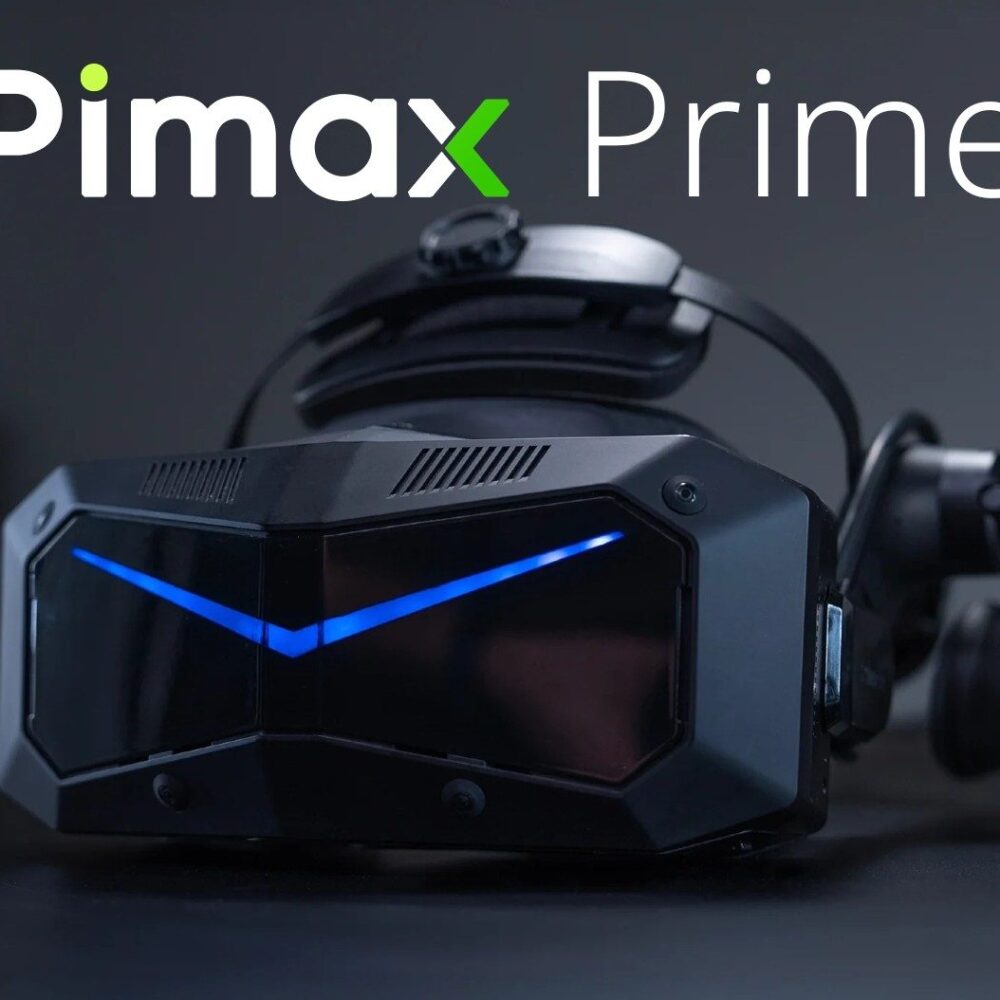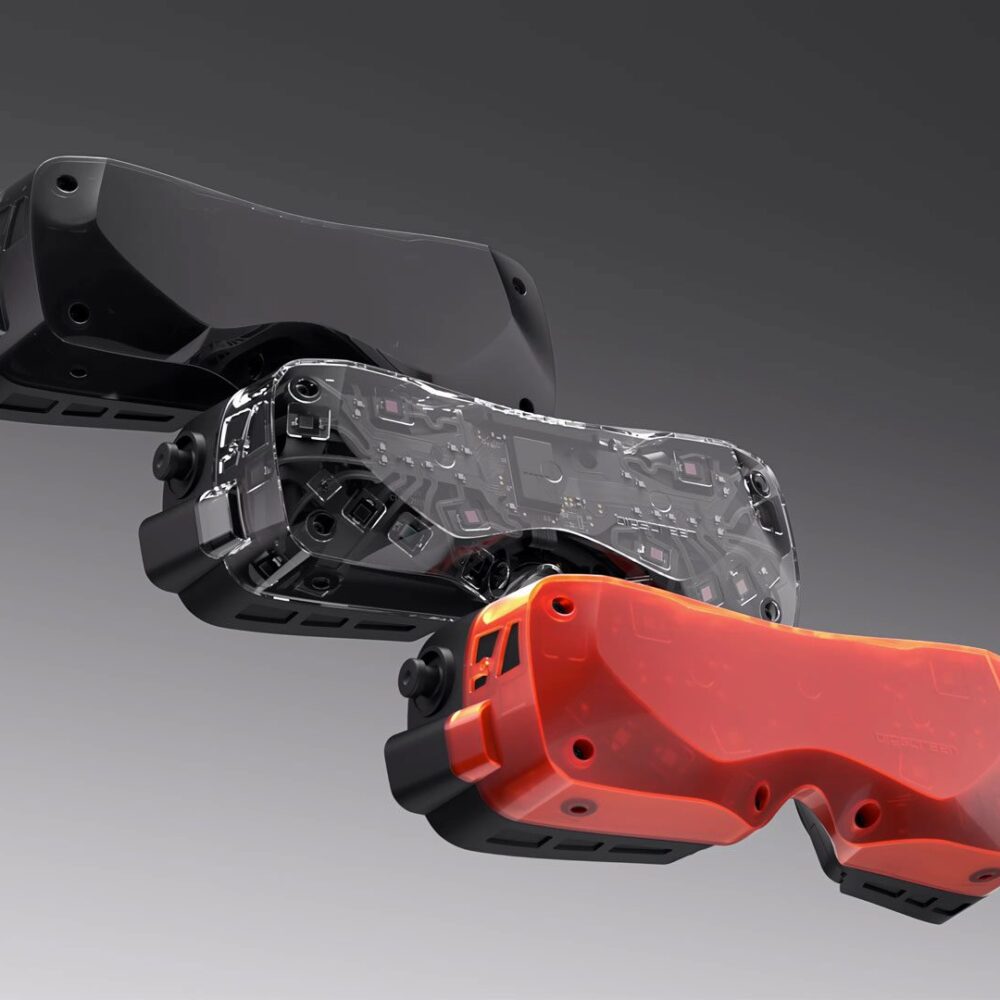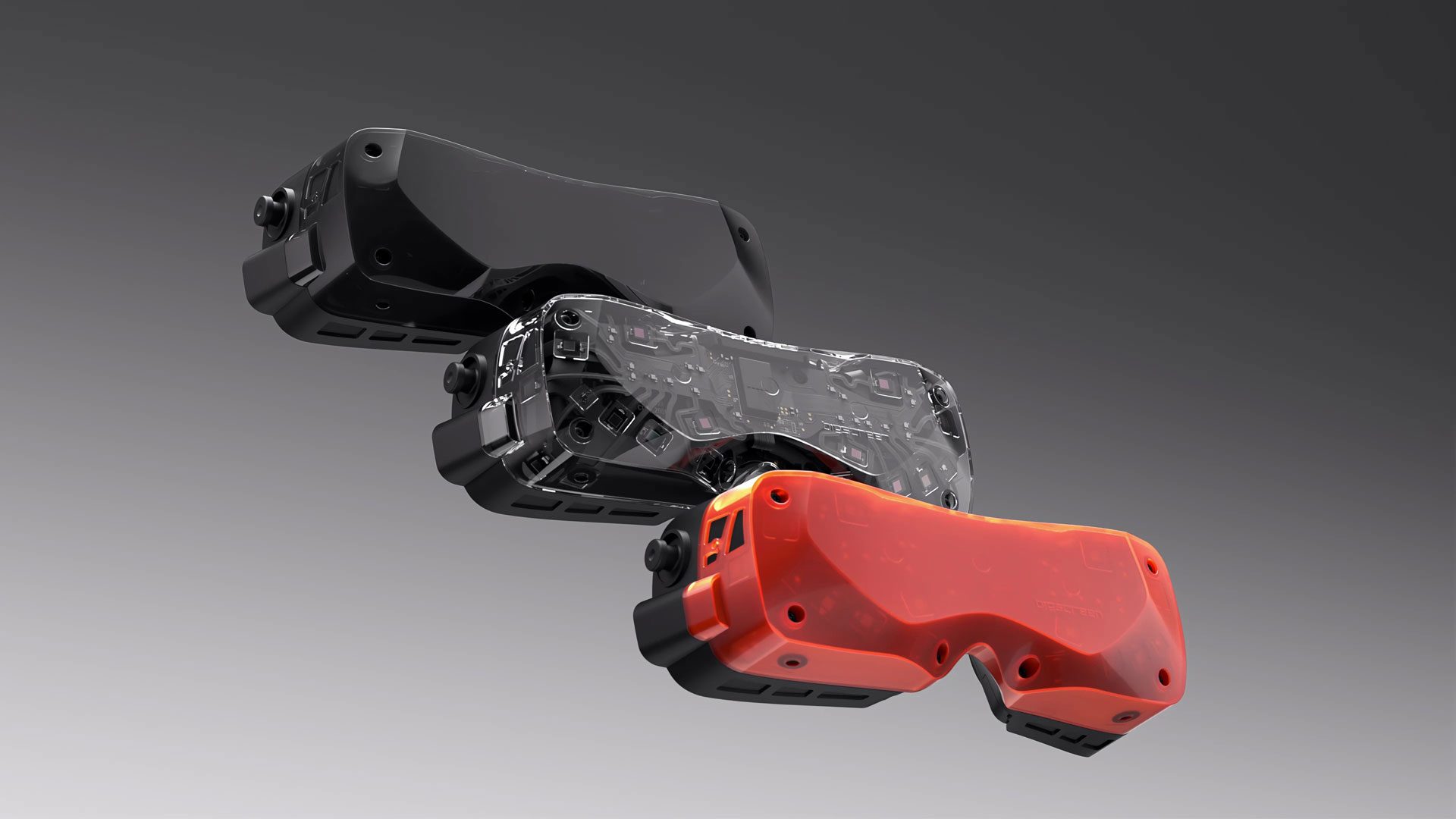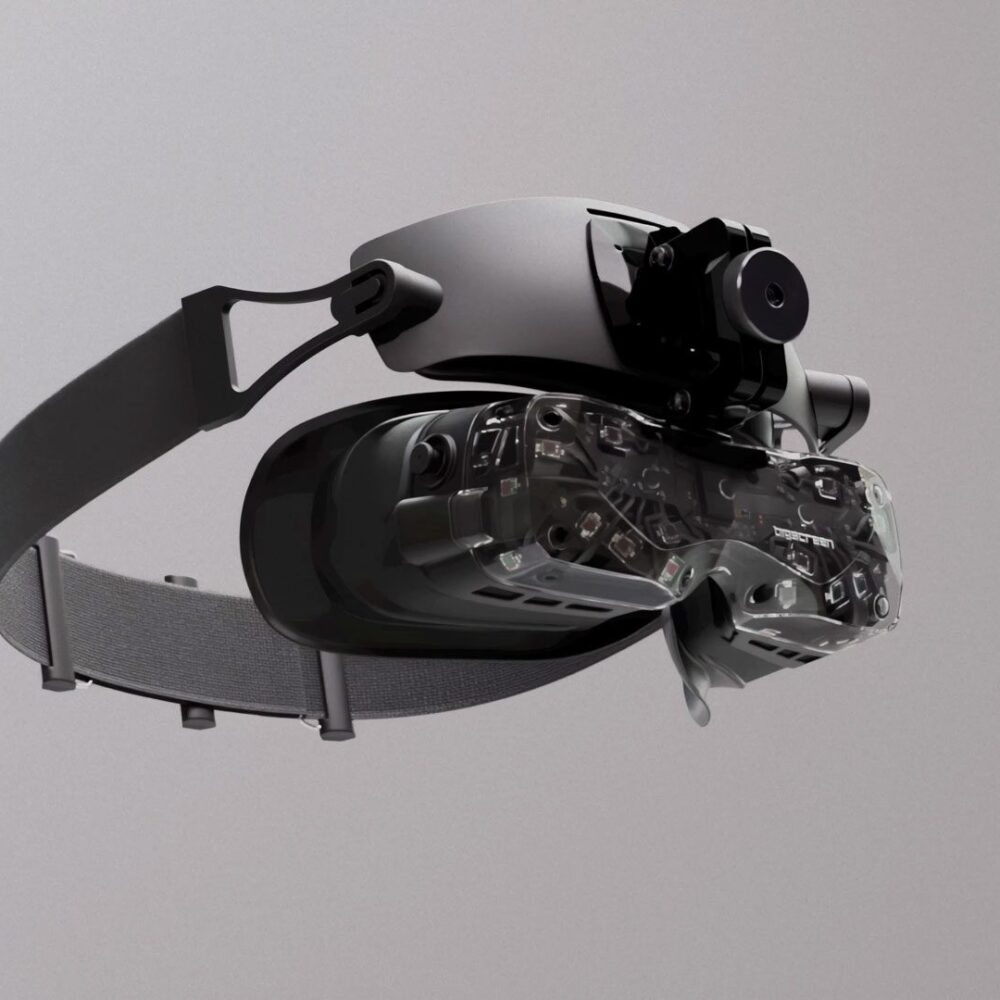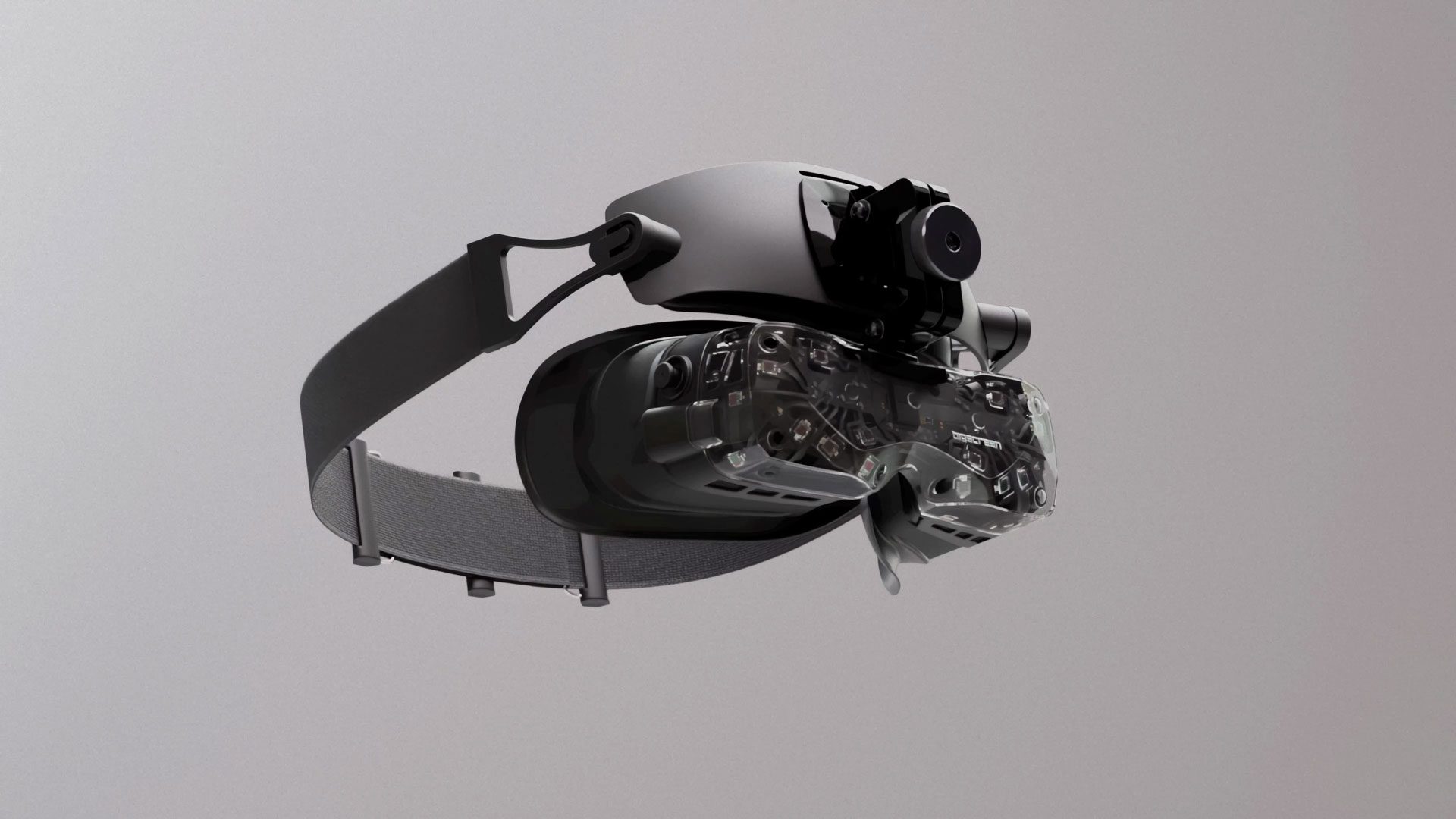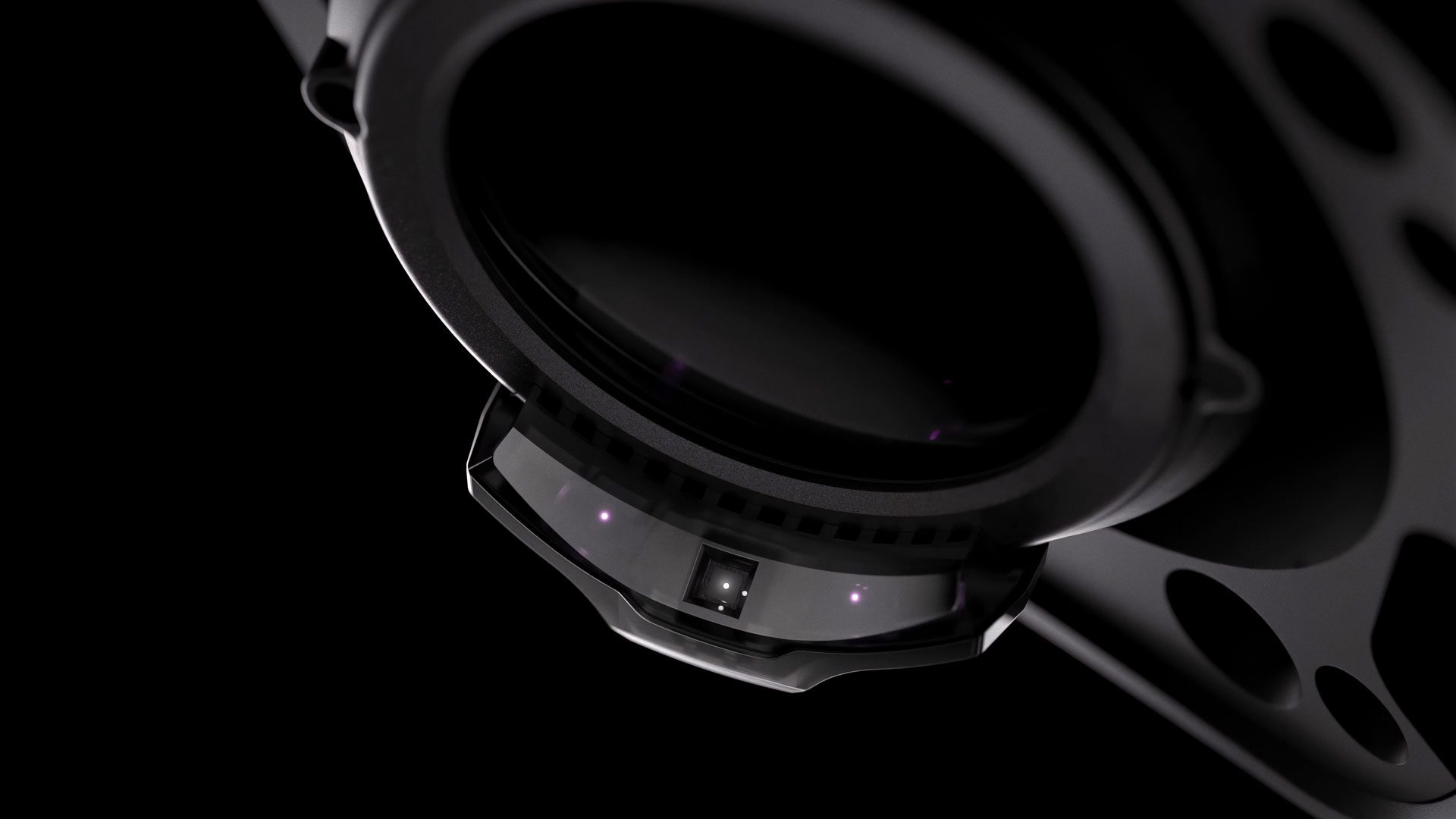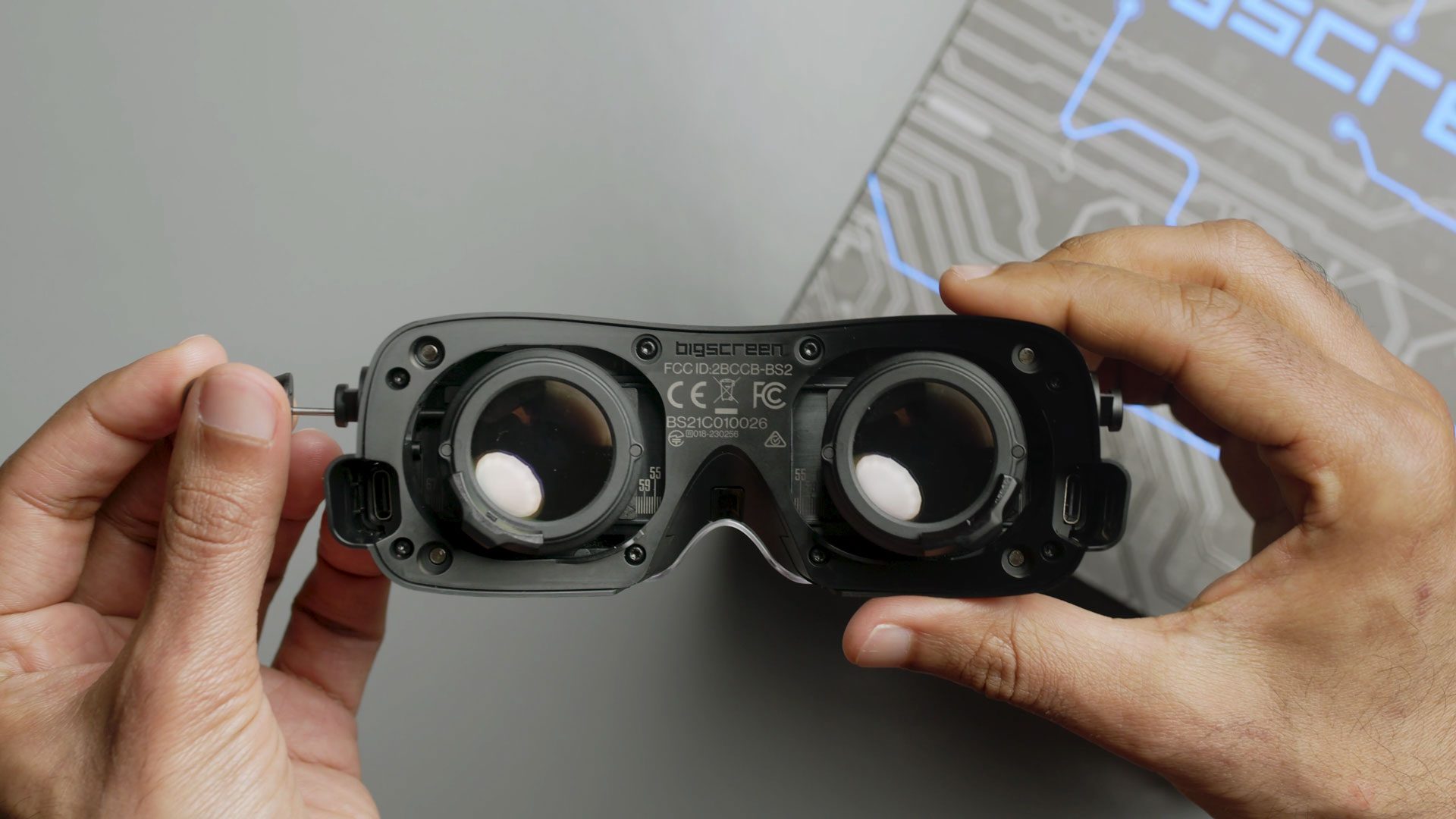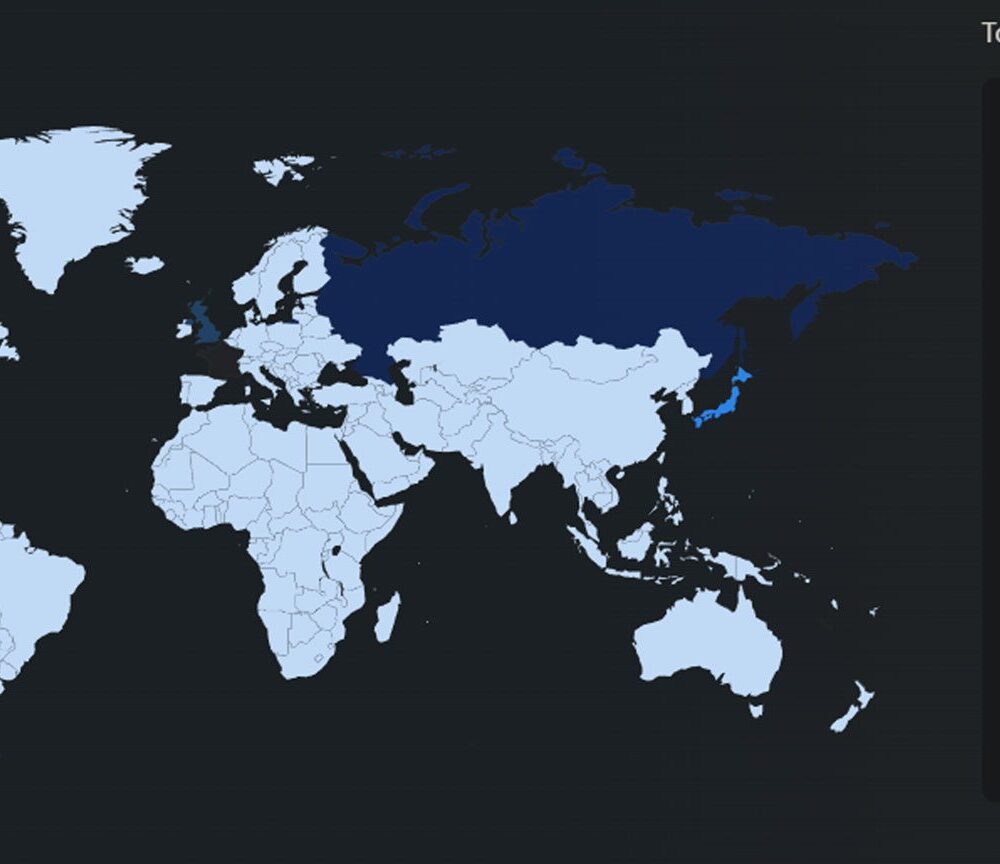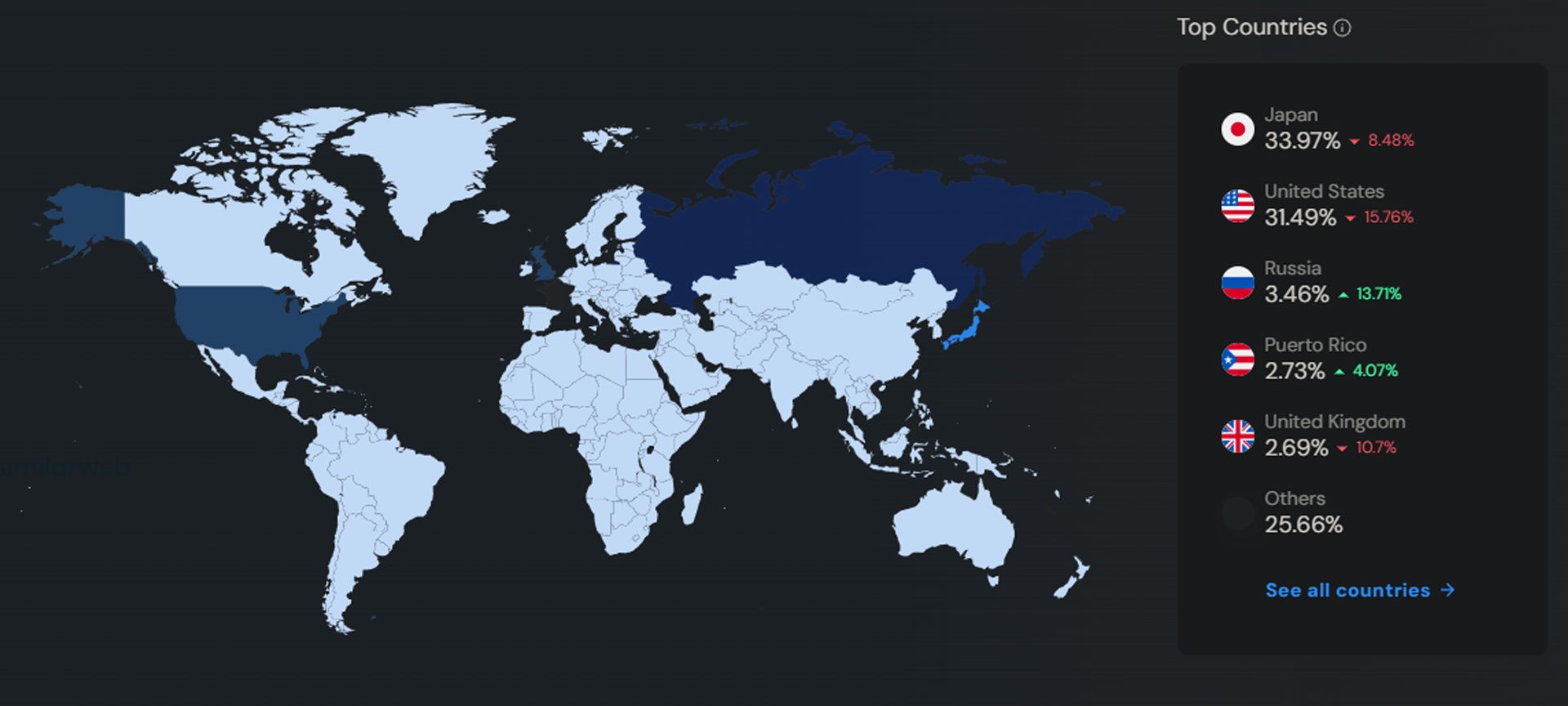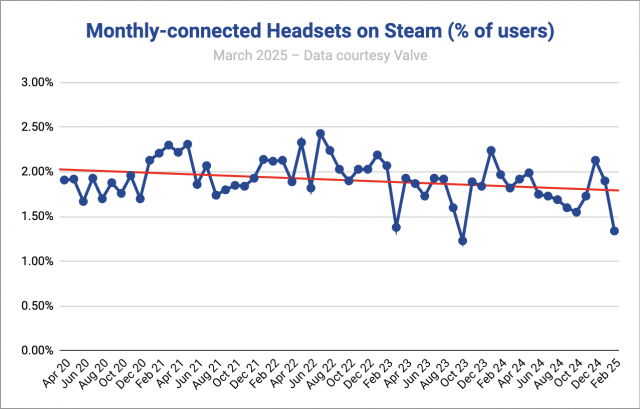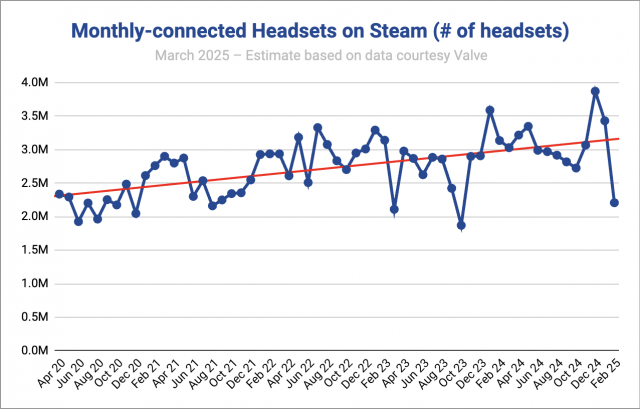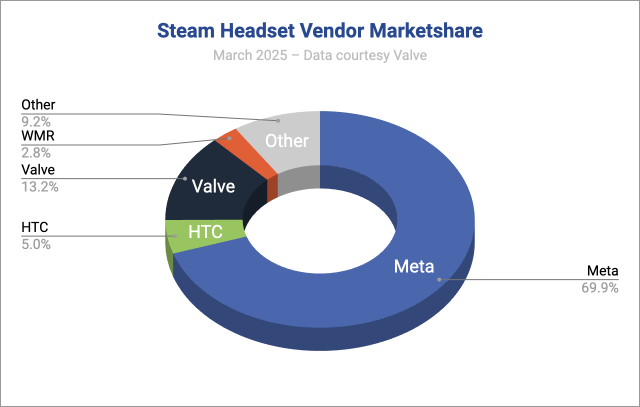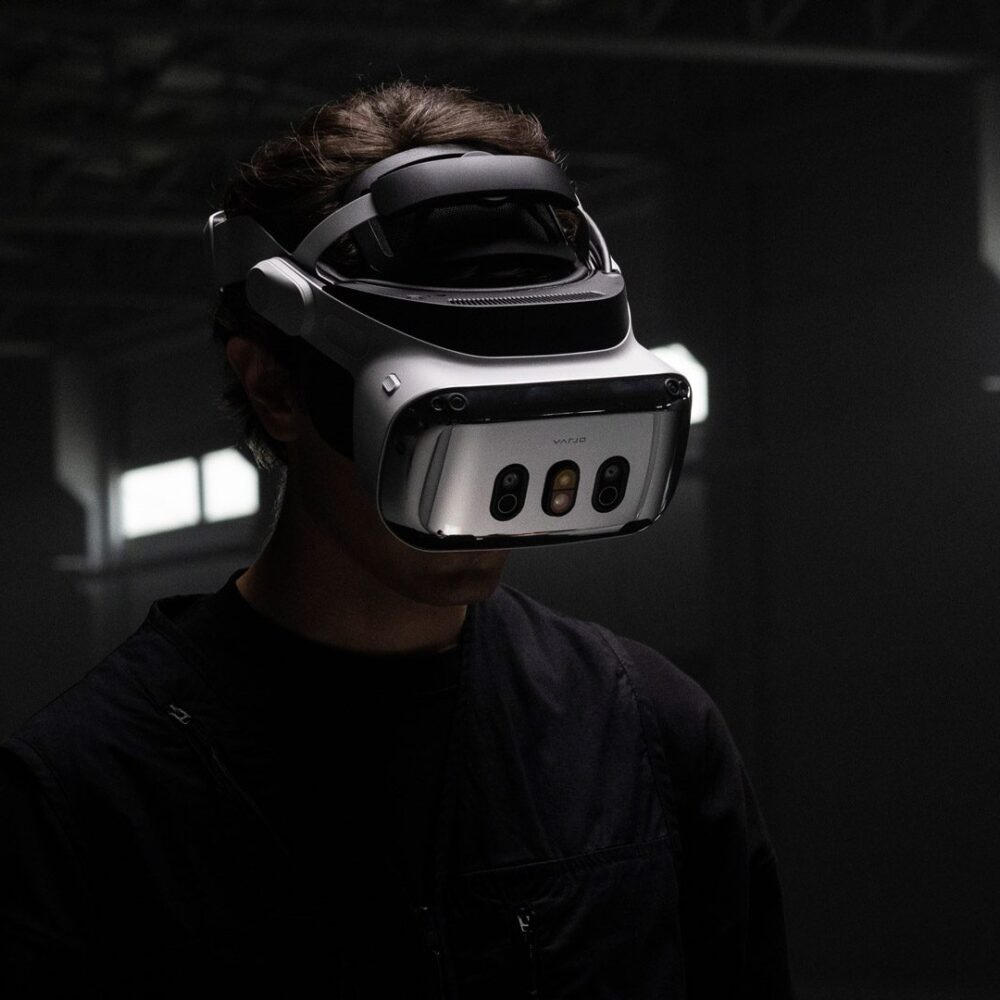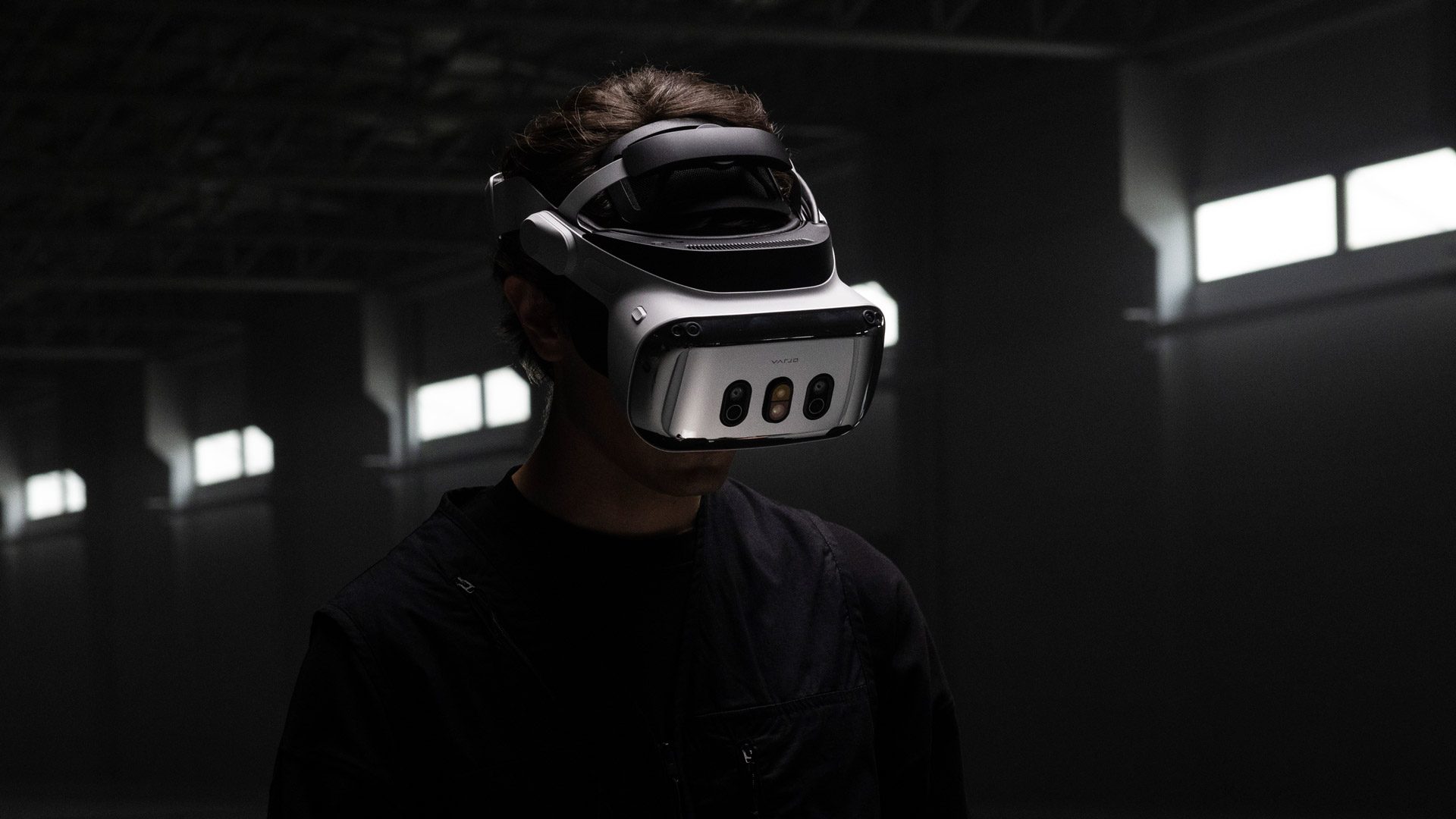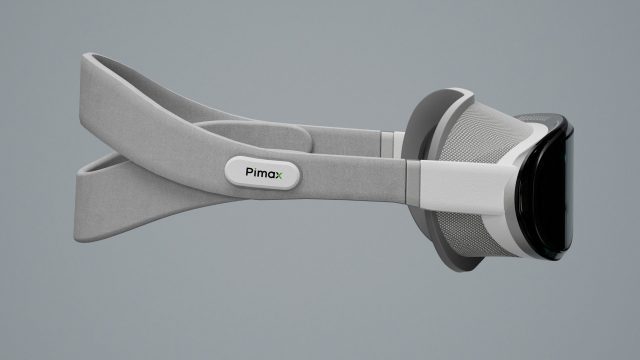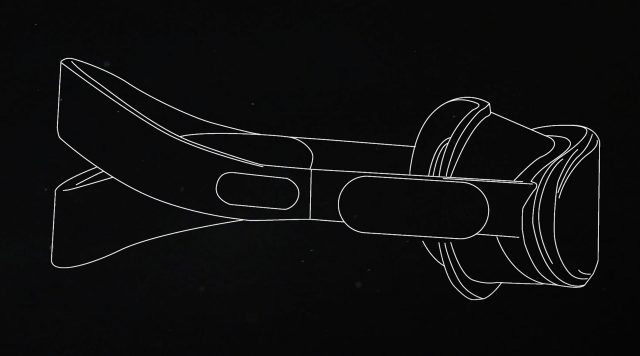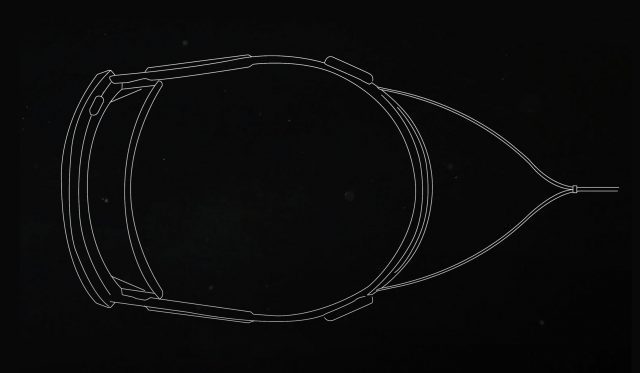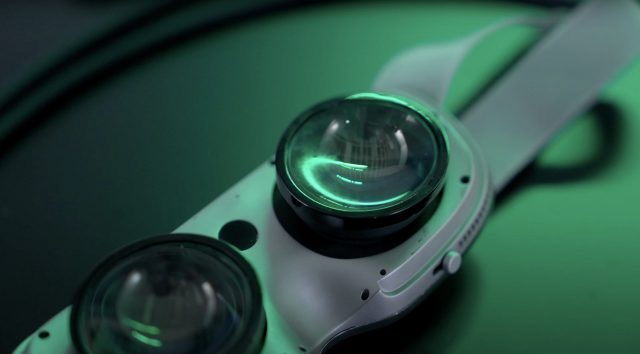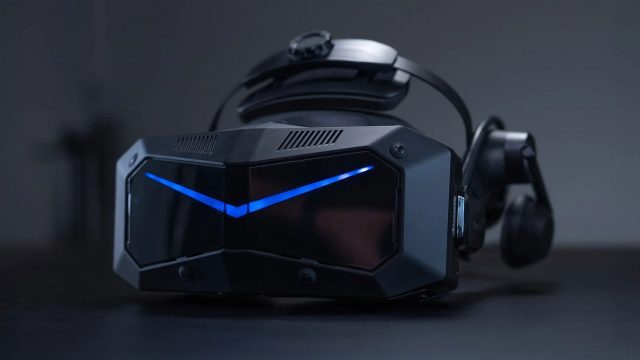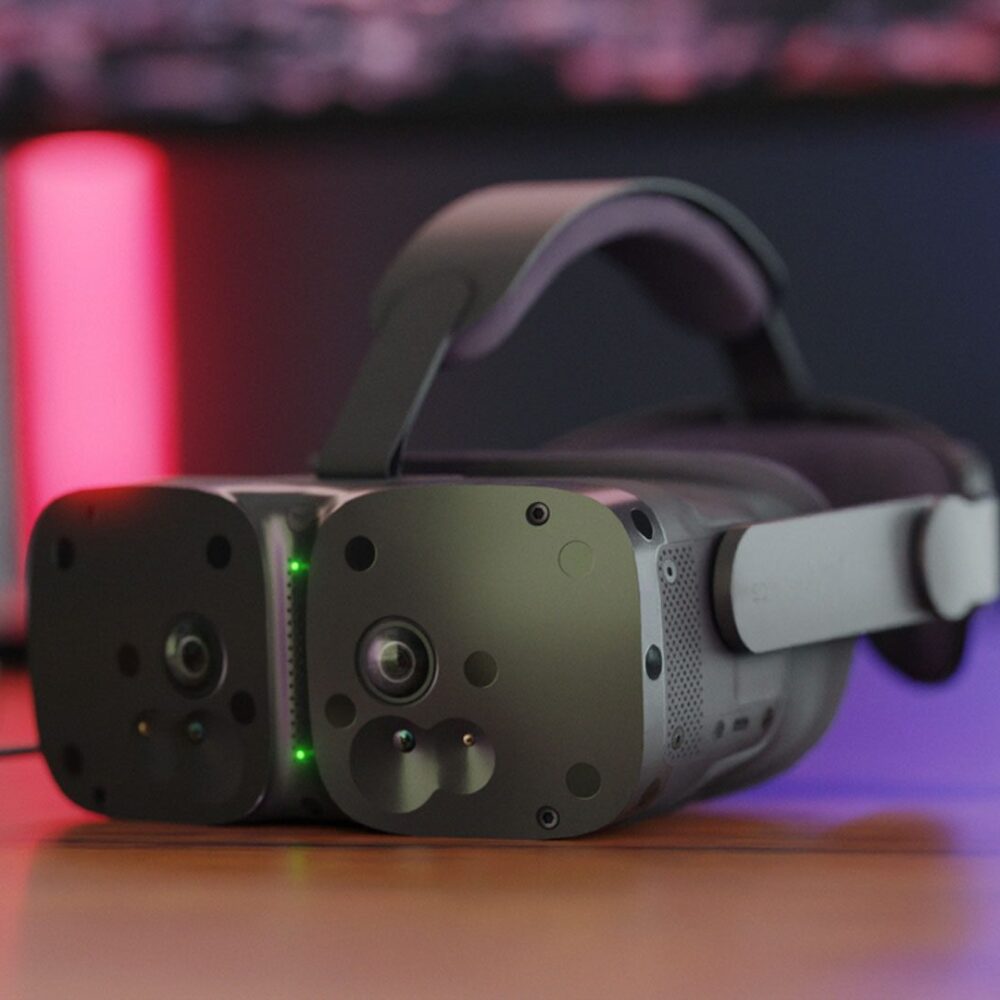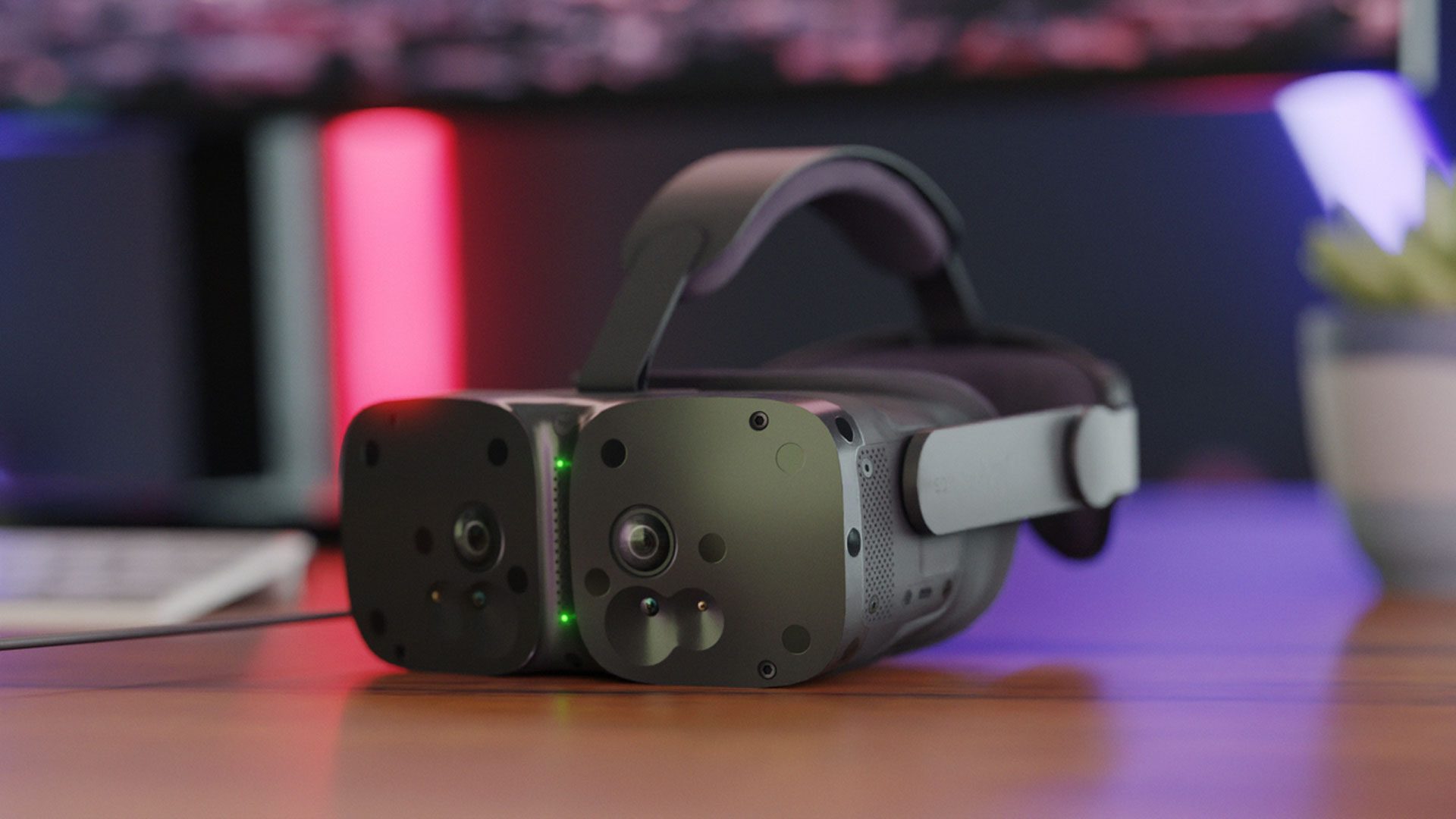China-based PC VR headset creator Pimax has issued a statement addressing the impact of the recent US–China trade war on its operations, particularly concerning its Crystal Super VR headset. It’s going to be slightly more expensive for US-based customers, but Pimax’s recent subscription-based payment structure seems to be offsetting much of the costs.
Announced back in April 2024, Crystal Super is the company’s next flagship PC VR headset, offering a base 57 PPD version with QLED panels that features a resolution of 3,840 x 3,840 pixels per eye and a 120-degree field-of-view (FOV). It’s still only available in pre-order, although shipping is expected to start soon.
At the time of this writing, the US has levied a 145% tariff on all goods manufactured in China. This is bad news for XR headset creators the world over, as China is by far the segment’s largest manufacturing hub. And Shanghai-based Pimax is seemingly the first of the bunch to announce price changes in response.
Pimax released a blogpost wherein it describes just what’s happening to US-based customers in relation to new tariffs. And it’s not as bad as you’d think.
The company says all US orders of Crystal Super placed before February 4th, 2025 will not include any extra tariff costs, however they may face a delay of about 20 days due to bulk shipments to US-based warehouses.

Orders placed between February 4th and April 10th will include a $75 ‘Regional Surcharge’ however, which Pimax says partially offsets increased shipping and logistics costs.
Moreover, starting April 10th, all new US orders will carry a $95 surcharge, with shipments expected to begin in June. Pimax says it’s also establishing a factory in Delaware to handle final assembly.
That said, the overall price of Crystal Super isn’t really changing. Pimax has now updated its pricing structure, and although it’s become less straight forward following the rollout of its subscription-based software pricing, it’s actually helping to offset tariff-related costs.
Now, the base price of Pimax Crystal Super has been lowered to $799, with the remaining $885 payable later through Pimax Play with Prime—a total cost $1,684 (excl. US-only $95 surcharge).
For everyone else around the globe, it’s essentially a nominal change. Previously, Crystal Super was priced at $999 with the remaining Prime subscription costing $696—total cost $1,695. You’ll now see that local pricing has be updated to reflect the lower upfront cost.
Notably, the company highlights that its 14-day trial period is still in place. For users outside the US, this could make Crystal Super slightly more attractive than before, as it requires less upfront money down—still refundable if you send it back before the trial period ends and you need Prime to continue using it.
That said, Pimax is in a unique position to rebalance its costs by leveraging its expensive, but now extremely useful subscription model. The same can’t be said for platform holders like Meta, which already subsidize hardware in effort to make software more attractive.
While Meta hasn’t announced any price hikes, the company has actually raised headsets prices in the past, with the COVID-19 pandemic forcing the company to temporarily raise the price of Quest 2 from $300 to $400 back in 2022. So, we’ll just have to wait and see.
– – — – –
We’ll be following the effects of US-China trade war tariffs on XR hardware closely, so check back soon for more.
